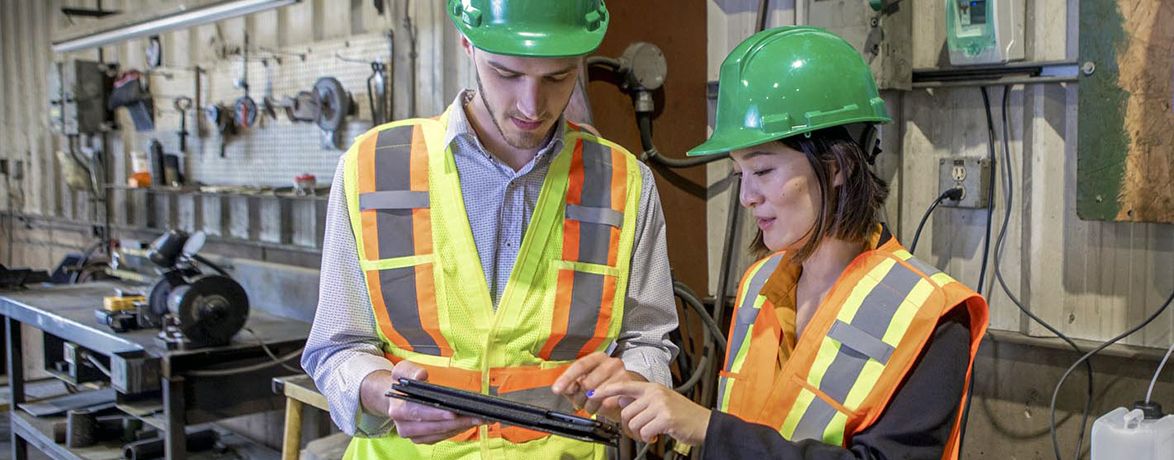Natural Systems Utilities and LuminUltra Partner to Ensure Water Reuse Quality

Cities are facing growing demand and competition for water. At the same time, water supplies are increasingly inconsistent due to prolonged droughts and other extreme weather events related to a changing climate. Regions that rely on the Colorado River, for example, are currently under Tier 2a shortage, limiting water access for several states. These rules mean that all sectors must work together to manage limited supplies and prioritize water use and consumption for things like generating power, growing crops, protecting ecosystems, and meeting many other needs.
Many states are looking to water reuse as a critical part of the solution.
Water reuse (also known as water recycling or water reclamation) recovers water from a variety of sources and then treats and reuses it for beneficial purposes such as agriculture and irrigation, potable and non-potable water supplies such as flush water, groundwater replenishment, industrial processes, and environmental restoration. Water reuse is providing alternatives to existing water supplies and can be used to enhance water security, sustainability, and resilience (US EPA).
Long-term water sustainability, ecosystem health, public health, and economic prosperity depend on the safe and swift implementation of water reuse projects, from decentralized water systems in residential buildings to larger-scale applications for cities and industry. The big challenge is to ensure that these systems provide continuous and reliable water quality.
Leading the way in water reuse
For several decades, Natural Systems Utilities (NSU), has been an industry leader when it comes to distributed or onsite wastewater treatment and reuse. The company’s onsite wastewater treatment systems have treated more than 50 billion gallons of water, and 95+% of its facilities directly reuse that water or use that water to recharge local groundwater resources. The company is providing solutions for companies like Google, Microsoft and other leading tech companies along with Gillette Stadium where the NFL’s New England Patriots play.
While traditionally treated municipal water assumes a certain level of quality that meets established state standards and guidelines, water reuse facilities face a higher level of scrutiny. “With reuse, you have to prove quality in every drop,” says Sheng Chu, Managing and Research Engineer for NSU. “Many states are starting to realize the incredible value of water reuse, but in many cases, the standards are still being developed, so we have to take extra measures to ensure the water meets all public health requirements.”
Working together to ensure safety and quality
In 2020, NSU began a partnership with another XPV Water Partners company, LuminUltra, a world leader in developing applied molecular biology diagnostic tools for biofouling, bioprocessing and biosecurity applications.
“The water quality you produce through reuse needs to be good enough for public use, and sampling requirements vary by state,” says Cody Ray, LuminUltra’s Director of Business Development. “Some regulations require operators to take daily manual samples, which is a labor and financially intensive process. In addition, sample results are not available for two or three days. If there are any challenges, there’s a gap in response due to the amount of time it takes to get the sample results back.”
Combining NSU’s industry-leading water reuse solutions with LuminUltra’s rapid sampling and analysis technology, the two companies installed online biological monitoring units at Solaire, a New York City high-rise building, and monitored the quality of reuse water. “Our goal was to build an effective and reliable water quality monitoring tool for the water reuse industry,” says Chu.
“We’ve installed two first-generation LuminUltra BugCount® Automated Analyzers that take samples from the treated effluent from the reuse system and at the end of the reuse distribution network,” he explains. “The analyzer sampled six times per day and automatically analyzed for the ATP signal, which indicated the overall concentration of microorganisms in the treated water. In this way, we can gauge the performance of the treatment system real-time and immediately identify any system challenges.
Using LuminUltra’s analyzer not only means a reduced labor due to automatic sampling mechanics, but also provides a faster response to potential system failures. “These units can monitor quality faster and remotely, which means they can spot trends, catch problems earlier on, and reallocate resources as needed,” says Chu. “Lowering total ownership costs by putting in a biological monitoring device is like having a rep right there to monitor the system.”
Next steps
Ray says working with Chu and the NSU team has helped LuminUltra understand how the company’s technology could be useful in water reuse applications. “Our partnership and results were well-received at the recent WateReuse Symposium, and we’ve had a lot of interest in the second generation from several potential customers.”
While biological monitoring technologies and methods are not currently written into the regulations for water reuse, there is interest from regulators in exploring options for the future. “By adding our ‘smoke detector’ as a safety system for existing systems, regulators can see it working. With time, they may eventually lift the requirement for daily sampling,” Ray says.
Adds Chu: “Now we can offer assurance to use reuse water in cooling and other applications, making our decentralized systems one of the best ways to achieve water sustainability.”
NSU’s process patent has been published and LuminUltra plans to launch the second-generation BugCount Automated Analyzer – BugCount Guardian – in 2023.